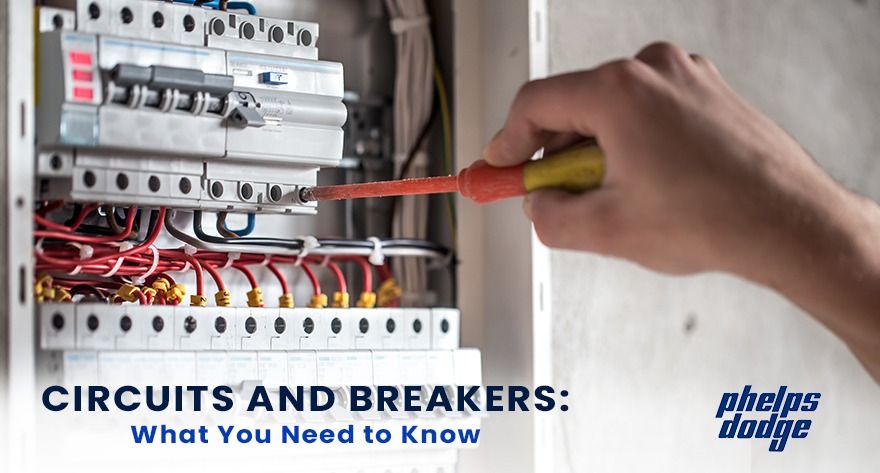-
Philippines
Copyright © 2025 Powered by BCI Media Group Pty Ltd
Confirm Submission
Are you sure want to adding all Products to your Library?
Contact Detail

When we hear the words circuit and breaker, we may often correlate them with something complex. But in reality, the concept is relatively easy to grasp. Recognizing the importance of knowing it comes in very handy and can greatly benefit us in our day-to-day activities.
Whether you're planning to upgrade or make changes to your electrical panel or want to understand its operations, it's essential to know what's going on.
Understanding Circuits
A circuit is like a network of wires and parts that allow electricity to flow from a power source to different electrical devices. It acts like a road for electric current, enabling things like lights, appliances, and gadgets to work.
Types of Circuits
There are two primary circuit types: series and parallel circuits.
Series Circuits: A series circuit connects electrical components in a sequential manner, allowing the current to flow through them in a single path. If one part fails or is disconnected, the entire circuit is interrupted, and all devices stop working.
Parallel Circuits: Multiple paths for current flow exist in a parallel circuit. Each electrical device is individually connected to the power source, enabling them to operate independently. In the event of a failure in one device, the rest continue to function without interruption.
The Role of Breakers
Breakers, commonly called circuit breakers, are safety mechanisms designed to safeguard electrical circuits against overloads and short circuits. Their primary function is to automatically interrupt the electrical current when irregularities occur, thereby preventing potential damage to devices and minimizing the risks associated with electrical hazards, including fires and electric shocks.
Breakers have both a switch mechanism and a tripping mechanism. The switch is responsible for controlling the circuit's opening and closing, whereas the tripping tool detects any abnormal electrical conditions. The tripping mechanism activates when a fault or overload is detected, causing the switch to open and interrupt the circuit.
Types of Breakers
There are different types of breakers designed for specific applications and voltage levels. Here are some commonly used ones:
Thermal Breakers: These breakers are usually used in commercial and residential buildings. They use a unique bimetallic strip that bends when it gets hot, causing the switch to trip and break the circuit.
Magnetic Breakers: Magnetic breakers operate on the principle of electromagnetism. When there is an excessive flow of current in the circuit, it generates a magnetic field that activates the tripping mechanism.
Residual Current Devices (RCDs): RCDs, also known as ground fault circuit interrupters (GFCIs), are specialized breakers designed to protect against electric shock. They monitor the imbalance between the current flowing into and out of a circuit, instantly disconnecting the power if a fault is detected.
Circuits and breakers are essential to electrical systems, ensuring safe and reliable electricity distribution. Understanding how circuits operate and the significance of breakers enables us to make well-informed choices regarding electrical installations, maintenance, and safety. Following proper electrical practices and utilizing suitable breakers for different applications, we can enhance security, protect our devices, and prevent electrical accidents.



